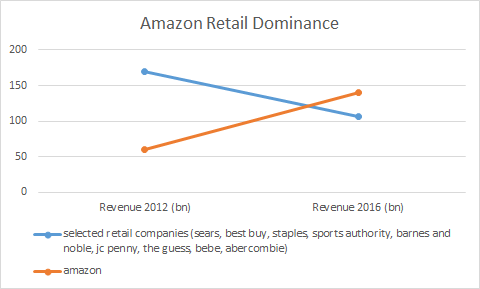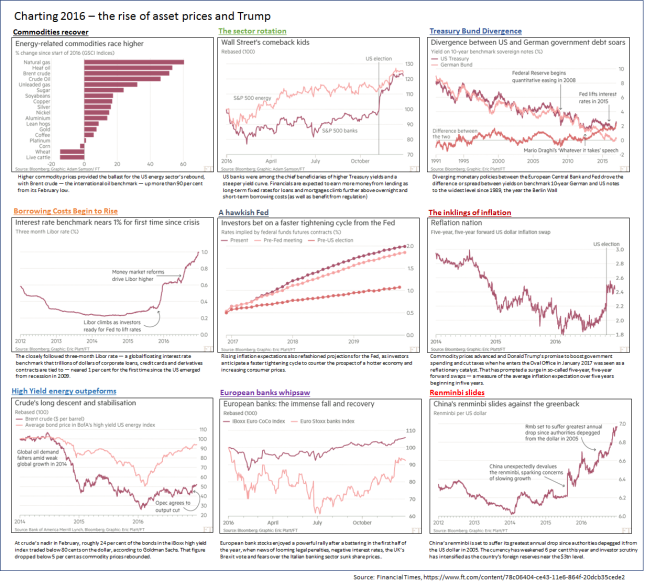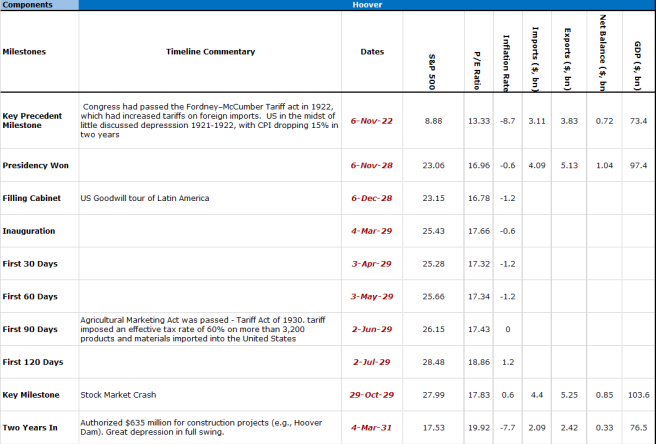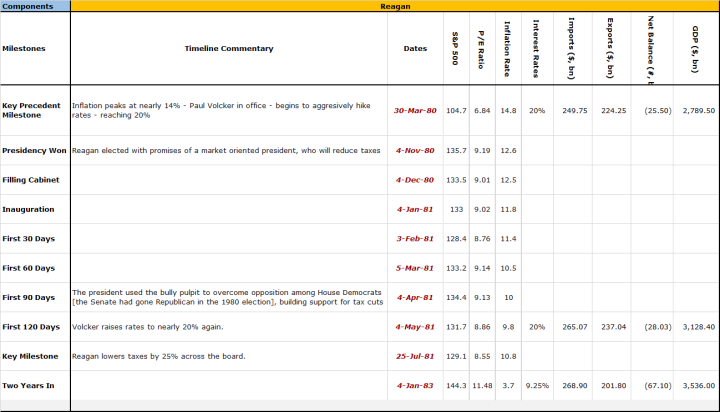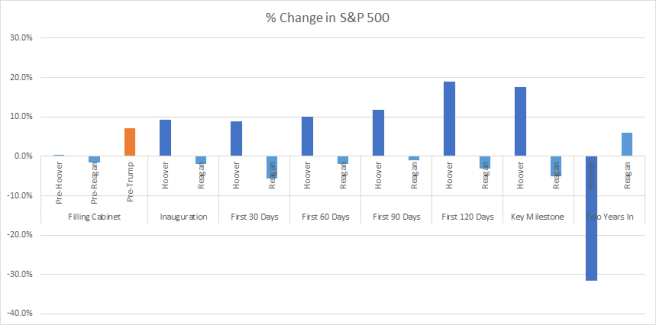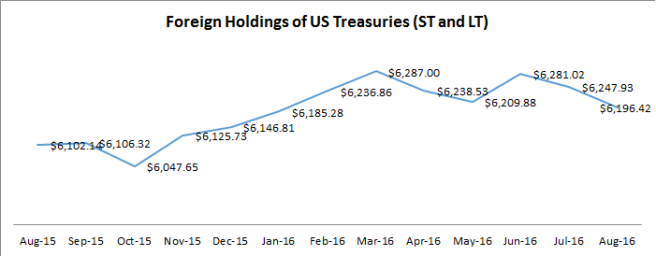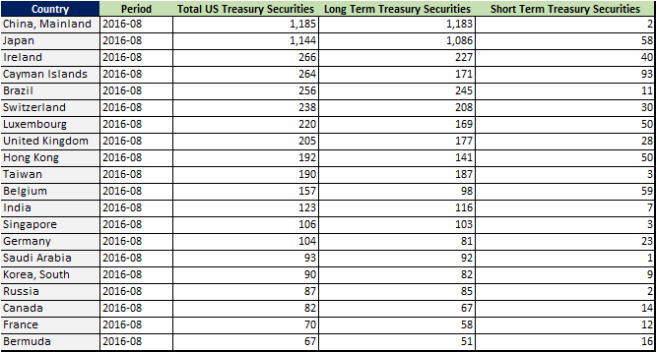To best demonstrate the Corporate Governance challenges faced by major Corporations and businesses today, there is no better example than the NFL. A public institution that is held dear by many Americans, suffers greatly from a poorly designed Governance framework. As revenue for the NFL continues to rise, and pay for the commissioner Roger Goodell reaches new heights[1]; recent issues call into question actually how protected players, fan’s and other contractual stakeholders are in the NFL’s governance framework. Whether it was conduct related issues (e.g., Ray Rice sexual abuse charges), medical related (e.g., concussions and impact on NFL player’s long term longevity) or even now just sheer ratings declines, Roger Goodell the commissioner has been the sole arbiter or what punishments, policies and actions were taken. At the center of the paper is whether Roger Goodell is inherently conflicted? This paper will further explore how the governance and accountability structure around Roger Goodell has impacted recent decisions, and will further set out suggestions to arrive at a fairer and more balanced governance structure.
Section 1: What is the NFL’s Current Governance Framework?
The NFL is largely run day to day by the Commissioner. The NFL does not hold elections for the commissioner. He is voted on (once initially) by the owners of the 32 NFL teams, and his appointment remains until death, retirement or removal.[2] He does not work for the fans, players or any other stakeholders. He answers only to the owners. The NFL through the commissioner largely governs the league by setting policy and procedure that teams need to comply with. As an example; “The Game Operations Manual is one of the league’s three comprehensive policy manuals for member clubs — the other two are for administrative and business operations, and media and public relations — and, by necessity, it is often military-like in its precision and astonishing in its thoroughness”[3] Compliance with these manuals is carried by out by various offices reporting into the Commissioner (e.g., NFL Operations Office), attempting to ensure a level playing field exists for all NFL teams. Further, when issues arise, the Commissioner has the sole power to discipline, and adjudicate matters, this authority was further clarified the league’s collective bargaining agreement (CBA) in 2011, “NFL Commissioner Goodell is not only judge, jury and executioner, but also lead investigator, prosecutor and the court of appeals”[4]. There is no formal job description or mandate of the NFL Commissioner on the NFL’s website, this is largely all that is said “As the league’s chief executive, the commissioner has a great deal of influence. But he still must answer to the owners, who by executive committee vote have the power to remove him”[5] Piecing together the various responsibilities agreed to in the CBA, we can simply summarize that Roger Goodell, is the sole overseer of the sport – reporting and only accountable to the 32 owners. The executive committee is the 32 owners, there is no independent Board,
Section 2: What are the challenges with the current NFL Governance Framework?
Three recent issues spanning ethical, safety and performance areas, highlight the inherent conflict of interest and governance challenges that the NFL is currently grappling with.
Example 1: Ethics and Conduct
Ray Rice a running back for the Baltimore Ravens was charged with simple assault of his wife in February 2014. Over the course of several monthes the Ravens and Roger Goodell deliberate and meet with Ray Rice and others involved in the incident[6]. On July 24th the penalty was formalized and announced by the NFL, a two game suspension. While these deliberations were occurring and the penalty formalized, more footage was being leaked to the public that showed Rice had probably done more than just a simple altercation (including dragging his wife out of an elevator). On September 8th additional video was released that showed that Rice had actually punched his wife[7]. Fans, players and other wondered, how could the NFL miss this? Didn’t they see the video? What did their investigation actually uncover? Left many wondering why these questions were never asked”. On September 9th, Roger Goodell denied seeing the Rice video, “We had not seen any videotape of what occurred in the elevator,” Goodell said. “We assumed that there was a video, we asked for video, we asked for anything that was pertinent, but we were never granted that opportunity”[8] Following the video releases and subsequent statements provided by Goodell, a formal independent investigation was launched, refuting the notion that Goodell was unaware of the video, and that Rice did disclose the extent of the abuse. In November of 2014, Ray Rice win’s the appeal and as a result was the Judge forced the NFL to reinstate him. We do not have all the finer details of the meetings Goodell had in his role as de facto Judge (in determining the appropriate length of time Rice should be suspended), but we know his decision and we know the outcome. Goodell clearly never investigated the matter fully, nor did it seem like he wanted to. By virtue of the questions he had asked, one can safely assume, Goodell wanted this matter to away. Compliance Week writes,
The conflicting priorities here are clear: protecting the brand value of the NFL, versus enforcing a high standard of conduct for a very public business. All evidence points to the NFL instinctively pursuing the former at the expense of the latter. Or if you want to view the NFL’s problems through the lens of the COSO framework, it fails to meet the very first principle of internal control—demonstrating a commitment to integrity and ethical values. The NFL has demonstrated a commitment to protecting its brand value.[9]
The Commissioner seemingly was making up rules on the fly and prioritized making the matter go away over upholding the NFL’s policies, which clearly dictate penalties for code of conduct violations. However when looking at the accountability and reporting structure of the Commissioner, we should expect that he is incentivized to make the matter go away. It hurts the brand of the NFL to have a messy matter
Example 2: Safety
There has been a heated debate over NFL player’s safety, and the extent to which the NFL has properly protected and disclosed the risks of playing football to NFL players. One must wade into this debate carefully, given the heated viewpoints. If we look at the fact pattern, we can at least conclude that over the past 20+ years the NFL has had several large mis-steps in protecting NFL players, highlighted by settlements with players and flaws in research.
- The NFL in 2013 agreed to a $765 million settlement with retired players who were accusing the NFL of covering up the risks of concussions[10]
- A NYT investigation in March of 2016 highlighted extensive flaws in concussion research conducted by the NFL last decade. From 1996–2001, over 100 concussions were omitted from official data that was used in important concussion research.[11] The NFL league’s commissioner at the time, Paul Tagliabue, acknowledged the need for “independent scientific research” to better understand the risks of concussions[12]
Regardless of one’s views on the issue. We can ask questions that drive how the governance was working or not working, on why was there such a bias in the research performed on concussions? Through the research and reporting performed on this topic, we know now that data and research performed was misrepresented. There was not an interdependent view being put forward on the impact of concussions in players. Should we expect more of the Commissioner? No, not with the current governance framework. The Commissioner is incentive to protect the brand of the NFL to maximize revenue and dollars from Corporate Sponsors flowing to the NFL’s owners. The Commissioner is only indirectly accountable to its players. With the current system of checks and balances, we shouldn’t expect more.
Example 3: Deflate Gate Further drawing the NFL’s governance process into center stage, was the issue of whether Tom Brady intentionally deflated footballs to improve his performance. Roger Goodell, controlling the entire end to end process, found and then confirmed his own finding when he served as the arbitrator that “that Tom Brady “engaged in conduct detrimental to the integrity of, and public confidence in, the game of professional football.”[13] Goodell concluded with a four game penalty without pay. Fast forward and Brady appeals the decision based upon a generalized argument that Goodell was making up rules on the fly, the case is brought to Federal Judge Berman. The NFL’s main argument that via the CBA (a private agreement), the players have bargained away their rights, that the only opinion that matters is the Commissioner. Berman ruled “that Goodell was “fundamentally unfair’’ to Brady when he refused to turn over the notes from the investigators from the Paul, Weiss law firm who produced the Wells Report. He also ruled that Goodell was wrong for refusing to let the NFLPA question NFL general counsel, Jeff Pash, whom the judge said played a key role in the Wells Report investigation”[14] Ultimately, the NFL appeals Berman’s decision and wins on a 2-1 decision. Regardless, the episode again highlights the unilateral nature of the decision making process and the lack of checks and balances,
Section 3: Suggestions for future improvements
As we analyze the various stakeholders and how they interests are represented in the NFL’s governance process, we clearly see the dominant influence of Corporate Sponsors and their pressure on the owners / and the NFL directly. There is clear bias from the owners to protect the brand thus indirectly protecting their TV rights deals, and other sponsorship deals. With no election for the Commissioner, public pressure and a large enough outcry is the only mitigation to remove the Commissioner. Evidence highlights through Deflategate, Ray Rice and the Concussion issues that it takes a fair amount of damage to remove a Commissioner (as even with declining ratings, Goodell remains). In summary my view, some of the core aspects of Corporate Governance are missing from the current processes
- Provide a mechanism for players and fan’s to weigh in on the performance of the Commissioner. Even if it does not correlate to directly influencing whether the Commissioner remains, the public data would provide transparency on stakeholders interests and viewpoints
- Consider establishing an independent board that is not biased / or directly conflicted (as is the Executive Committee, which represents the 32 owners). This Board would provide the NFL with a body that can provide effective oversight and management challenge.
- Separate management duties from disciplinary duties at the management level to prevent a situation like Deflate gate where the Commissioner ruled on the action, and then was the arbiter of the action. Revisit general best practices on Enterprise Risk Management and COSO and implement areas of independent control / monitoring at the management level to better ensure decisions are in line with policies and procedures. There is no clearly no separation of duties, no controls to ensure that the policies and procedures set forth by the NFL are followed without biased. This recommendation will result in the increase in resources that are dedicated to Compliance, Risk Management and Audit,
The NFL a bedrock institution of America, is not a shining example of Corporate Governance. It does however provide a lens into some of the challenges institutions face in creating an effective governance system that protects the various stakeholders (Fans and Players included). It will likely only take a major crisis for Congress or other governmental stakeholders to act on rectifying some of these flaws.
Appendix
Works Cited
Alan Schwarz, Walt Bogdanich and Jacqueline Williams. “N.F.L.’s Flawed Concussion Research and Ties to Tobacco Industry.” The New York Times. The New York Times, 24 Mar. 2016. Web. 07 May 2017.
Bien, Louis. “A Complete Timeline of the Ray Rice Assault Case.” SBNation.com. SBNation.com, 23 May 2014. Web. 07 May 2017.
Cannon, Patrick. “Emperor Goodell Must Go.” Emperor Goodell Must Go. CBS DC, 03 Nov. 2016. Web. 07 May 2017.
Gaines, Cork. “Roger Goodell’s Pay Has Skyrocketed In Recent Years.” Business Insider. Business Insider, 25 Sept. 2014. Web. 07 May 2017.
Kelly, Matt. “The NFL’s True Problem: Misplaced Priorities Trumping Ethics & Compliance.” The NFL’s True Problem: Misplaced Priorities Trumping Ethics & Compliance. Compliance Week, 15 Sept. 2014. Web. 07 May 2017.
“League Governance.” League Governance | NFL Football Operations. NFL, n.d. Web. 07 May 2017.
Neumeister, Larry. “Key Excerpts from Judge Berman’s Ruling in Favor of Tom Brady in His ‘Deflategate’ Battle with the NFL – The Boston Globe.” BostonGlobe.com. Boston Globe, 03 Sept. 2015. Web. 07 May 2017.
Ornitz, Darren. “Does the NFL Enjoy Absolute Power?” Does the NFL Enjoy Absolute Power? Newsweek, 20 July 2015. Web. 07 May 2017.
[1] http://www.businessinsider.com/chart-roger-goodell-salary-nfl-revenue-2014-9
[2] http://washington.cbslocal.com/2016/11/03/emperor-goodell-must-go-elect-a-new-nfl-commissioner-every-four-years/
[3] http://operations.nfl.com/football-ops/league-governance/
[4] http://www.newsweek.com/deflategate-does-nfl-commissioner-enjoy-absolute-power-364565
[5] http://operations.nfl.com/football-ops/league-governance/
[6] http://www.sbnation.com/nfl/2014/5/23/5744964/ray-rice-arrest-assault-statement-apology-ravens
[7] http://www.sbnation.com/nfl/2014/5/23/5744964/ray-rice-arrest-assault-statement-apology-ravens
[8] IBID.,
[9] https://www.complianceweek.com/blogs/the-big-picture/the-nfl%E2%80%99s-true-problem-misplaced-priorities-trumping-ethics-compliance#.WQ-Zu16GOUl
[10] https://www.nytimes.com/2016/03/25/sports/football/nfl-concussion-research-tobacco.html
[11] IBID.,
[12] IBID.,
[13] http://www.newsweek.com/deflategate-does-nfl-commissioner-enjoy-absolute-power-364565
[14] https://www.bostonglobe.com/metro/2015/09/03/key-excerpts-from-judge-berman-ruling-favor-tom-brady-his-deflategate-battle-with-nfl/otHrD9NxJsREqR2UYWW2kJ/story.html
